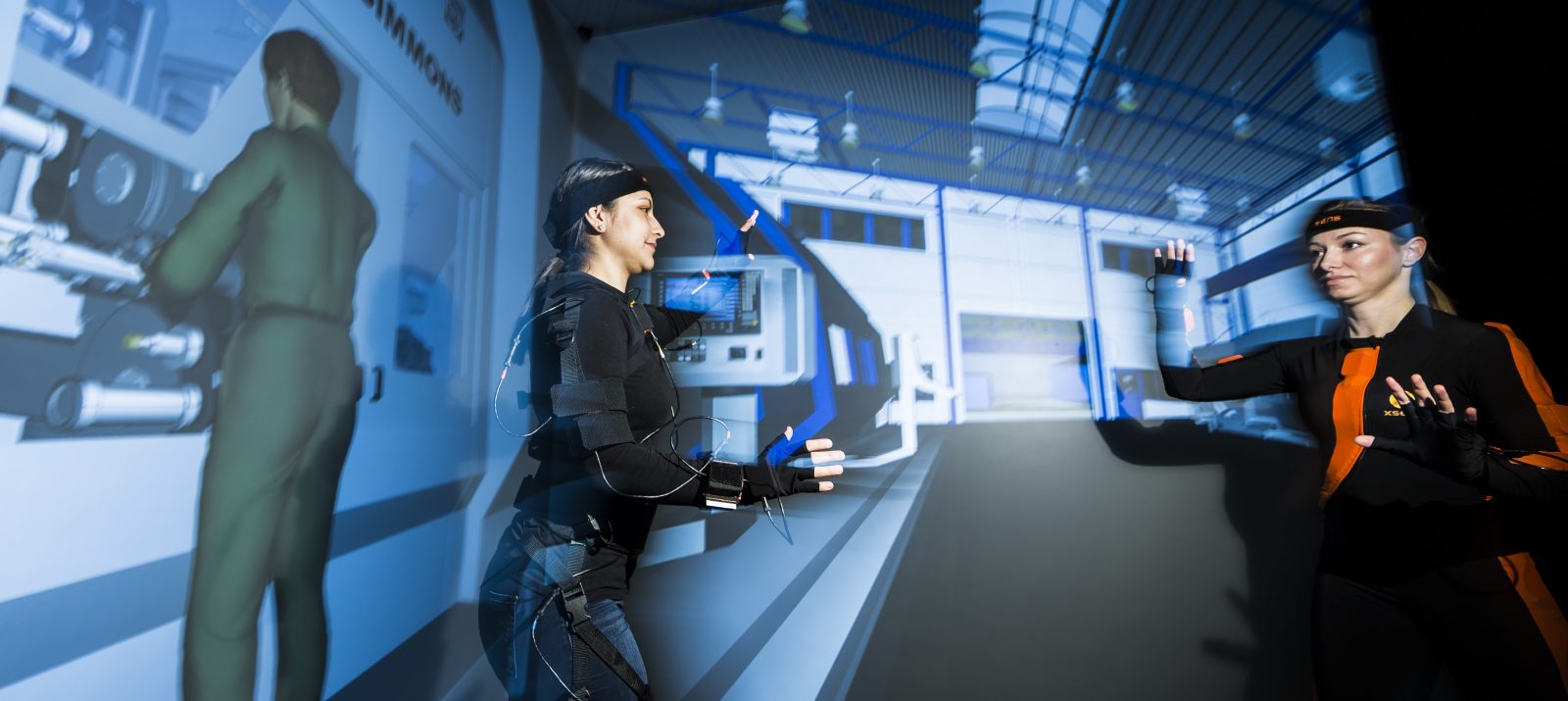
Virtual Reality (VR for short) is no longer just a distant vision of the future, but has arrived in reality with cardboard VR glasses and video games. It’s a trend that’s exciting for kids and teens, too.
To use the virtual reality offerings, you need so-called VR glasses. It doesn’t have to be the expensive models from Google & Co. You can easily bring virtual reality home with inexpensive cardboard craft kits – see our tutorial on how to do so. The smartphone is inserted into the finished glasses and you have a 360° all-round view. Images and videos can be viewed from a 3D perspective. You feel as if you are part of the world you see via your smartphone. What’s exciting about it is that you can immerse yourself in worlds that are not so easily accessible in reality, such as an underwater world or outer space. There are also game apps that rely on 3D.
Remember the hype around Pokémon Go? This uses a similar technology to VR, namely augmented reality (AR). This can be thought of as a computerized extension of reality, visual representations on a cell phone or screen that “augment” one’s reality. This is familiar, for example, from soccer broadcasts on television. Distances are displayed for free kicks. In Pókemon Go, Pokémons appear on players’ cell phone screens in three dimensions and virtually, but seemingly in the real environment. Maybe your child was also crazy about the game in the summer of 2016 and scoured the city on foot with his smartphone to catch rare Pokémons. This becomes dangerous when the gaze is no longer taken off the smartphone and the real world without Pokémons, such as road traffic, is blanked out.
The use of AR and VR technology is generally recommended from the age of 13. Before that, children must already have learned how to use digital devices safely in general. Since VR technology in particular appeals to all the senses and is therefore a very intense experience, you should accompany your first touches with virtual reality. As a parent, make sure VR sessions don’t go on too long and that breaks are taken regularly. There is a general danger of a distorted perception of time. Analog and digital reality can overlap, this risk is especially true for children. Eye strain, blurred vision and dizziness are also side effects that can occur when immersed in virtual realities with VR goggles. You can compare this with seasickness. For this reason, make sure that the first experiences are in a calm VR reality and not necessarily in the seat of a roller coaster or as a skydiver.
So far, there are no conclusive studies on the effects of VR and AR on health, especially on brains that are still developing. Does your child already have a secure grasp of smartphones, tablets and the like? Is it old enough to clearly distinguish analog from virtual reality? If so, you can venture your first experiences with VR and AR technology together with your child and exploit the potentials. After all, the impossible becomes possible in virtual reality, such as a trip to the other side of the earth, into space or to Mars. In any case, stay in conversation with your child about the content and the effect he or she experiences. Ultimately, you need to assess whether VR and AR is suitable for your child.